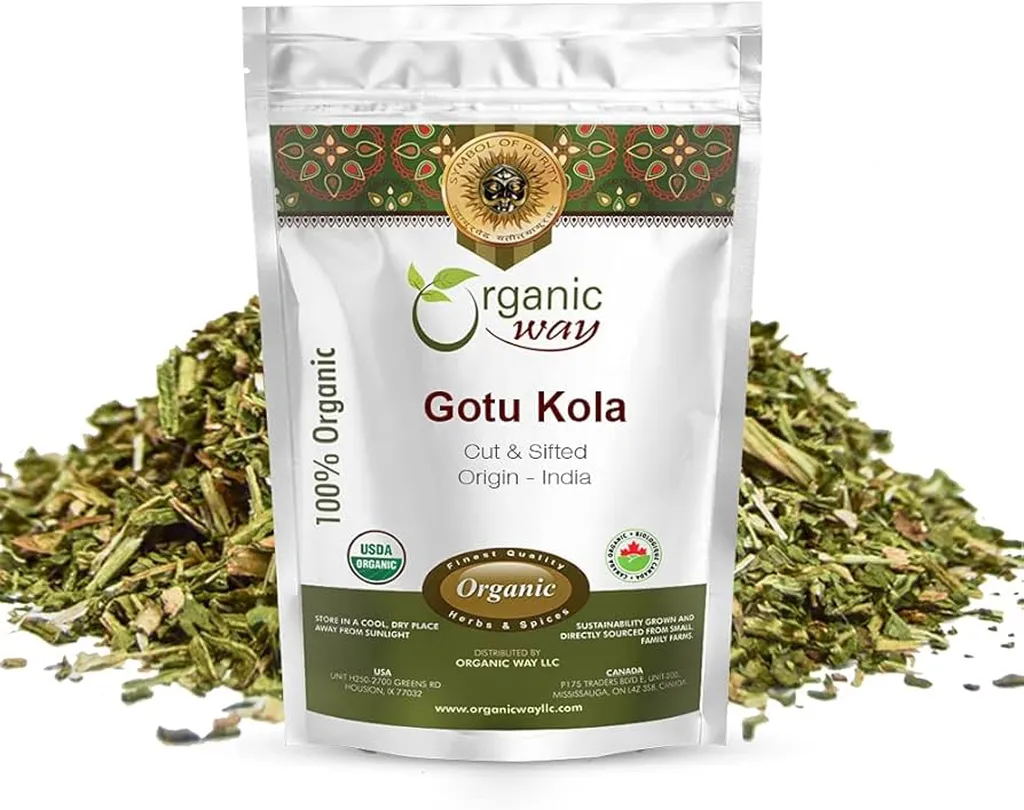In the lush landscapes of Vietnam, a humble herb is gaining attention for its potential to reshape the agricultural sector while promoting sustainable practices. Centella asiatica, commonly known as gotu kola, has long been valued for its medicinal properties in traditional ethnomedicine. Now, a recent study published in *Industrial Crops and Products* sheds light on how cultivation methods can influence the production of its valuable bioactive compounds, offering promising insights for farmers and the agritech industry alike.
The study, led by Thao Thi Phuong Tran from the Institute of Chemistry at the Vietnam Academy of Science and Technology (VAST), compared conventional and organic production methods of Centella asiatica over a two-year period in Thua Thien-Hue Province. The research focused on the accumulation of key triterpenoids—madecassic acid, asiatic acid, and terminolic acid—which are known for their therapeutic potential.
“Our goal was to evaluate cultivation practices that could enhance the production of bioactive compounds while minimizing environmental impacts,” Tran explained. The findings revealed that the optimal period for harvesting the highest concentration of these compounds was from June to September, coinciding with warmer and drier climatic conditions. Notably, the content of madecassic acid was significantly high in the first year, regardless of the cultivation method.
One of the most compelling aspects of the study is its implications for the agricultural sector. The research demonstrated that switching to organic production methods did not compromise the accumulation of valuable bioactive compounds. This finding is particularly significant for farmers looking to adopt more sustainable practices without sacrificing crop quality or economic value.
“Implementation of these results has the potential to enhance the economic and social value of Centella asiatica while reducing the reliance on agrochemicals,” Tran noted. By minimizing the use of agrochemicals, farmers can not only improve the health of their crops but also contribute to a healthier environment and safer working conditions for themselves.
The study’s findings could pave the way for future developments in the field of sustainable agriculture. As consumer demand for organic and sustainably produced crops continues to grow, farmers and agritech companies have a unique opportunity to innovate and adapt their practices. The research highlights the importance of understanding the interplay between cultivation methods, climatic conditions, and bioactive compound accumulation, offering a roadmap for optimizing crop production.
For the agricultural sector, this research underscores the potential for Centella asiatica to become a valuable cash crop. By leveraging organic production methods, farmers can tap into the growing market for natural and organic products, enhancing their economic prospects while promoting environmental sustainability.
As the world increasingly turns to sustainable and organic solutions, the insights from this study could shape the future of agriculture, fostering a more resilient and eco-friendly industry. With the guidance of researchers like Thao Thi Phuong Tran and the support of institutions such as the Vietnam Academy of Science and Technology, the agricultural sector is poised to embrace a new era of innovation and sustainability.
In a world where the balance between economic growth and environmental stewardship is increasingly critical, the study published in *Industrial Crops and Products* offers a beacon of hope. By highlighting the potential of organic production methods and the valuable bioactive compounds in Centella asiatica, it provides a blueprint for a more sustainable and prosperous future for farmers and the agricultural industry alike.

